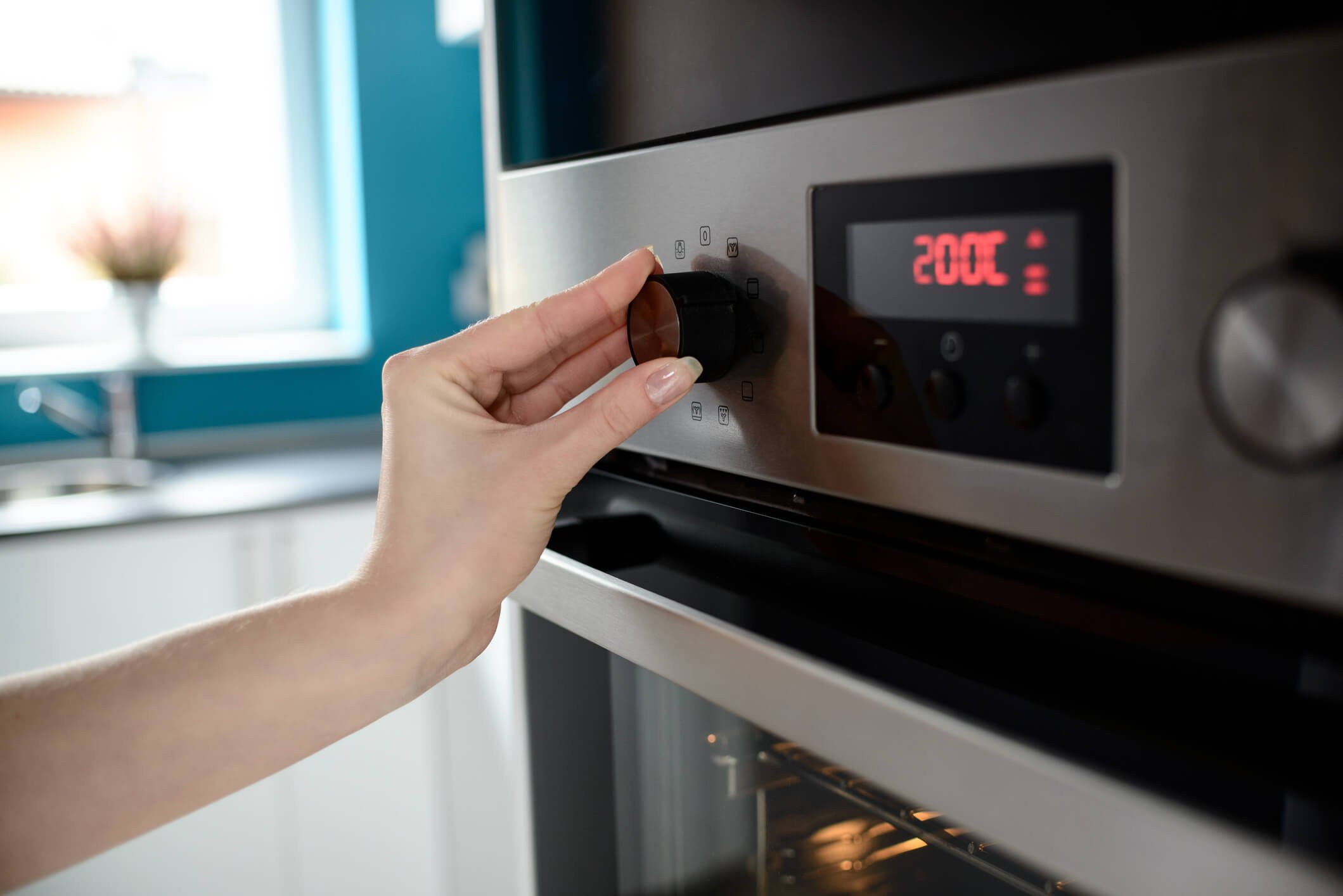How to Read (and Follow) Every Recipe!
Discover > Texas Home Cooking > How to Read (and Follow) Every Recipe!
One of my favorite Texan pastimes is cooking, and most of the dishes I learned from mom and grandma were things I observed by helping them out in the kitchen. However, there is no greater thrill than learning to cook a new dish by reading it from a recipe book.
When I started cooking new dishes by sourcing out from recipes, I got apprehensive, always thinking if I had followed what the recipe stated or if I had done it right. At first reading and following recipes seemed complicated and confusing, there’d be no mom and grandma to guide you step-by-step (though I would sometimes call mom to ask for some guidance). But over the years you started to see that the recipes are simple and easy to follow.
The most important thing you have to do when making a new dish based on a recipe is read it all the way. Many recipes are complicatedly written but the trick is to break them into different parts or segments.
And the recipe is made up of 8 parts:
Introduction
Ingredients
Directions
Yield
Temperature
Time
Nutrition Information
Notes
Introduction
The introduction is an overall description of the food that you will be cooking. The writer would state the easiness or complexities of the food, the origins, the translation (when it's a foreign-sounding dish), or if the writer is also a blogger the reasons why he or she is doing the dish. Some recipes make long introductions like those you see on YouTube, there are others recipes that just have introductions in 3 to 5 sentences.
Ingredients
Often placed in the beginning part (right after the introduction) this is the most recognizable section of the recipe. The ingredients section lists the items you need in making the dish and how much is required. Sometimes they would provide alternatives to some of the listed ingredients.
A sample is the ingredients needed for a Spaghetti Aglio e Olio.
1 pound uncooked spaghetti or linguine, fettuccine
½ cup olive oil
6 cloves garlic, thinly sliced
¼ teaspoon red pepper flakes (how long do red pepper flakes last?), or to taste
salt and freshly ground black pepper to taste
¼ cup chopped fresh Italian parsley
1 cup finely grated Parmesan Cheese
Having alternatives to certain items for me is important as sometimes the ingredients can influence my decision to pursue cooking a dish or not. If most of the ingredients or a very integral item is unavailable I’ll just have to scrap that idea of cooking a particular dish.
In dishes with various steps, they divide the ingredients by categories, for instance, those involving stock, soup, sauces, marinades, rubs, condiments, and side dishes would have separate sub-list to make the recipe simpler to understand.
Sometimes the ingredients will also state what kitchen equipment would be used in making the dish however you can take it from reading the instructions.
Directions
For me this is the most important part of the recipe as it tells me the step-by-step procedure for preparing, cooking, and serving the dish.
The directions are always listed in chronological order from beginning to end. If you do not follow what is listed in the instructions, there’s a big chance you’ll have a failed dish.
It is important to note that the directions also contain what kitchen tools you would be using during cooking.
Yield
It states how many servings you would be able to produce when cooking the dish. It will also tell you if you need to cut back or increase the ingredients listed. Determine where would you serve that particular recipe you are cooking, is it for a gathering or an intimate family meal, or just for yourself then adjust the ingredients.
Temperature
This specifies the correct internal temperature of the food when it is done or the correct oven degree. Usually, it is listed in the directions, some would put it on top next to the Yield section.
Following the temperature guidelines in a recipe is very important as it is connected to food safety. Undercooked meats for example could harbor harmful pathogens like salmonella.
Time
The time section would indicate the length of time in making the dish. It could refer to various parts of cooking such as prepping, cooking, and total.
Prepping would indicate how much time the ingredients are prepared for cooking, and the cooking time will indicate how long the recipe would need to be baked, sauteed, grilled, or chilled.
The total time is the combination of prepping and cooking processes before the food is good for serving.
Nutrition Information
This lists the nutrients and the amount that is present in the dish. It may list values on calories, fat, sodium, sugar, vitamins, and minerals. The information stated will give you a detailed look at the meal and how healthy it is. This section is usually found at the bottom of the recipe.
Notes
This section is at the bottom of the recipe and may contain additional guidance, tips, and alternatives to ingredients (though usually found in the ingredients section itself). Allergies to certain ingredients are sometimes located in the notes section so be sure to read them.
Dividing the recipe into parts or segments makes it easier for you to break it down and take in information and follow. True, there are wordy recipes that can be overwhelming but dividing them into parts helps you keep essential information needed in preparing and cooking that dish.





